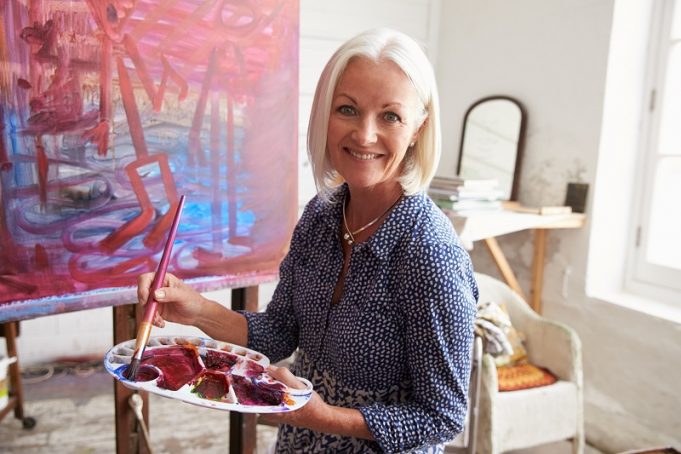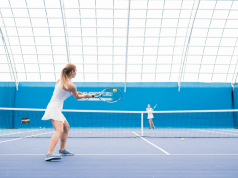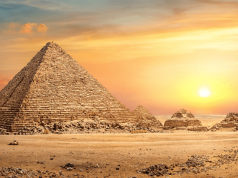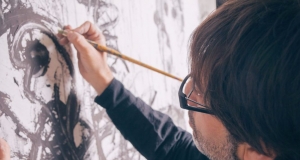What comes to your mind when you think of Mona Lisa- a masterpiece, beauty, elegance…? A factor that contributes greatly to its mystic charm is that it is an oil painting. This form of painting is perhaps the most complex of them all. It involves a huge amount of toil and discipline to paint a story using oil paints.
Features of Oil Paintings
*It takes many years to dry, sometimes as long as 80 years. The main reason for this is that these paintings dry by oxidation rather than evaporation. This gives the artists an option to change the color during this time.
*It has much more flexibility and depth than any other form of painting.
*The types of paints used have three components- pigment i.e. the coloring substances, binder i.e. the oil, and thinner that make the paint easy to apply. The artist can experiment with their quantity and quality to make a better painting.
History
Though oil paintings came into being in the 11th century itself, but in the Renaissance stage, this style became particularly popular. It primarily existed in Europe. Ancient Greeks and Egyptians used to paint with vegetal, flax or poppy seed oils.
Giorgio Vasari, Picasso, Van Gogh and Leonardo Da Vinci are some of the famous painters. There has been a great experimentation with the usage of oils all along the period of history. The early painters in the Renaissance period found this problem with drying of these paints. Van Eyck and Montenollo De Mossina tried to find a solution to this problem.
Mossina came up with a solution by mixing lead oxide to the mixture of the color to be applied.
Techniques of Oil Painting
Only a brilliant painter can venture to express his art in this manner. There is a complex process involved that results in the apparent simplicity and excellence of the creation. The surface makes a big difference. So you should choose the best surface for the same. The canvas generally is made up of linen. It is then covered with glue made of animal tissues. Then it is prepared with lead paints and chalk powder. But how to create the magic on the canvas is the main question. Some of the following techniques are very useful:
*Dry Brush: It consists of using very little paint. Usually, the dry canvasses with uneven surface are the best for dry brush technique. Thus it gives a broken look to the whole painting.
*Painting Knives: This technique breaks the monotony of using brushes. But it requires immense amount of smoothness on the part of artist.
*Alla Prima: This technique refers to direct usage of colors on the canvas. One advantage of this process is that it makes the whole procedure very speedy.
Thus it can be inferred that an oil painting is all about innovation and evolution. Some tips that can ease to the process of making one include:
*Pay heed to how you arrange colors on your palette and which palette to use.
*Never dry your paintings in the dark as it leaves a film on the surface.
*Linseed oil should be applied to the wooden palette and dried whenever it is used.
You not only require a great deal of skill but also a considerable amount of sensitivity and perception to make an Oil painting.
Article source: Expert Articles

















